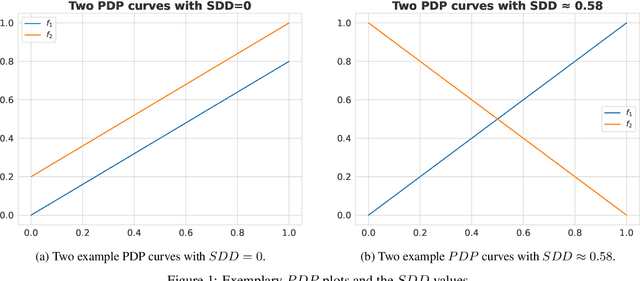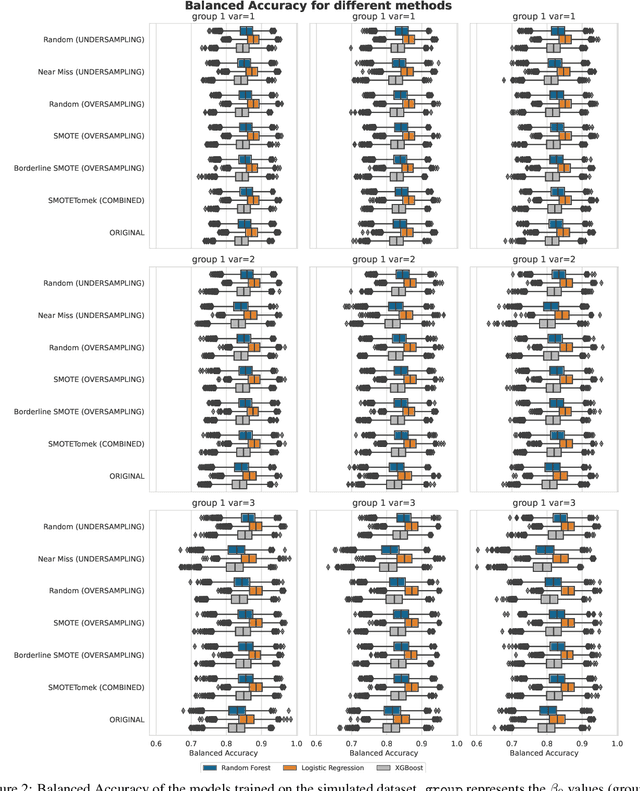Adrian Stando
Glocal Explanations of Expected Goal Models in Soccer
Aug 29, 2023



Abstract:The expected goal models have gained popularity, but their interpretability is often limited, especially when trained using black-box methods. Explainable artificial intelligence tools have emerged to enhance model transparency and extract descriptive knowledge for a single observation or for all observations. However, explaining black-box models for a specific group of observations may be more useful in some domains. This paper introduces the glocal explanations (between local and global levels) of the expected goal models to enable performance analysis at the team and player levels by proposing the use of aggregated versions of the SHAP values and partial dependence profiles. This allows knowledge to be extracted from the expected goal model for a player or team rather than just a single shot. In addition, we conducted real-data applications to illustrate the usefulness of aggregated SHAP and aggregated profiles. The paper concludes with remarks on the potential of these explanations for performance analysis in soccer analytics.
The Effect of Balancing Methods on Model Behavior in Imbalanced Classification Problems
Jun 30, 2023



Abstract:Imbalanced data poses a significant challenge in classification as model performance is affected by insufficient learning from minority classes. Balancing methods are often used to address this problem. However, such techniques can lead to problems such as overfitting or loss of information. This study addresses a more challenging aspect of balancing methods - their impact on model behavior. To capture these changes, Explainable Artificial Intelligence tools are used to compare models trained on datasets before and after balancing. In addition to the variable importance method, this study uses the partial dependence profile and accumulated local effects techniques. Real and simulated datasets are tested, and an open-source Python package edgaro is developed to facilitate this analysis. The results obtained show significant changes in model behavior due to balancing methods, which can lead to biased models toward a balanced distribution. These findings confirm that balancing analysis should go beyond model performance comparisons to achieve higher reliability of machine learning models. Therefore, we propose a new method performance gain plot for informed data balancing strategy to make an optimal selection of balancing method by analyzing the measure of change in model behavior versus performance gain.
 Add to Chrome
Add to Chrome Add to Firefox
Add to Firefox Add to Edge
Add to Edge